ISRO launches new Rocket SSLV-D2 from Sriharikota; 3 Satellites placed in Orbits
ISRO today launched the SSLV-D2 carrying three small payloads from the Satish Dhawan Space Centre at Sriharikota.

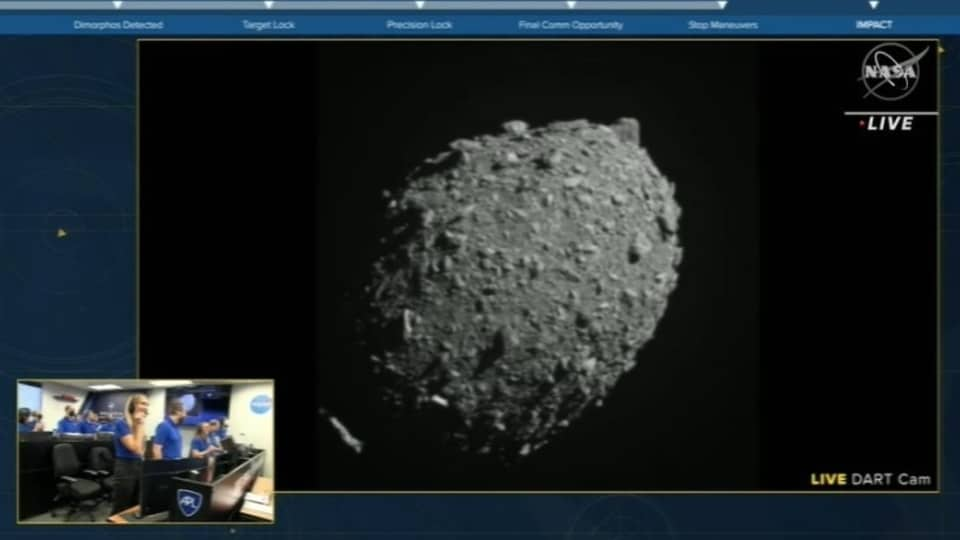
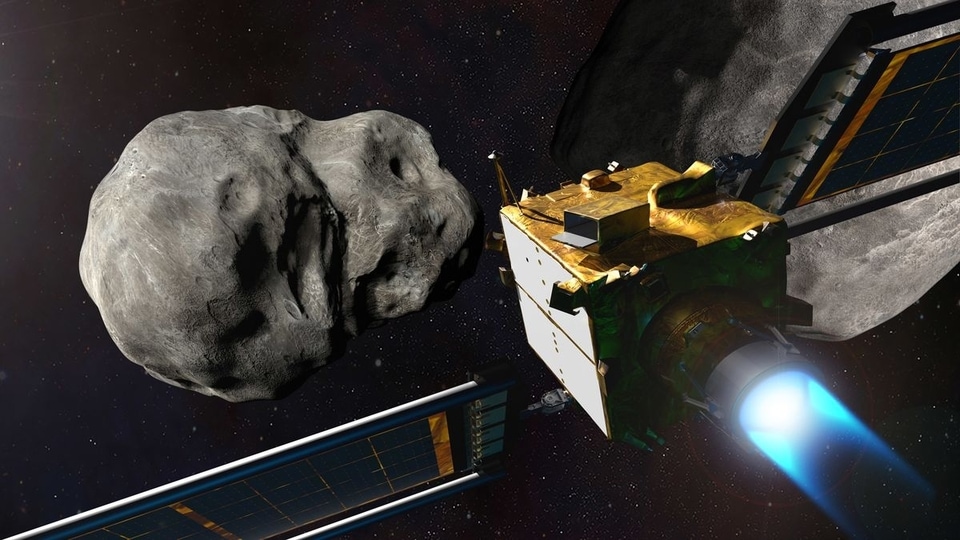
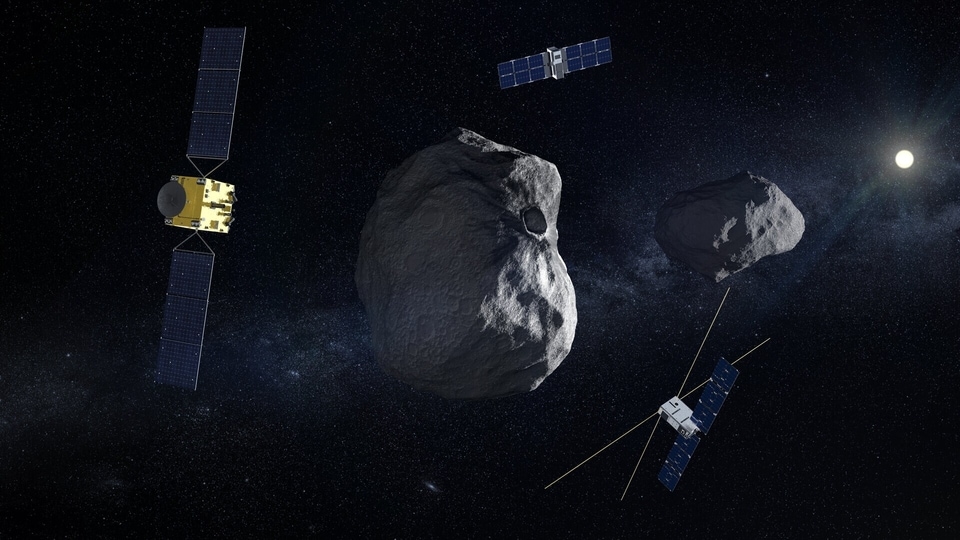
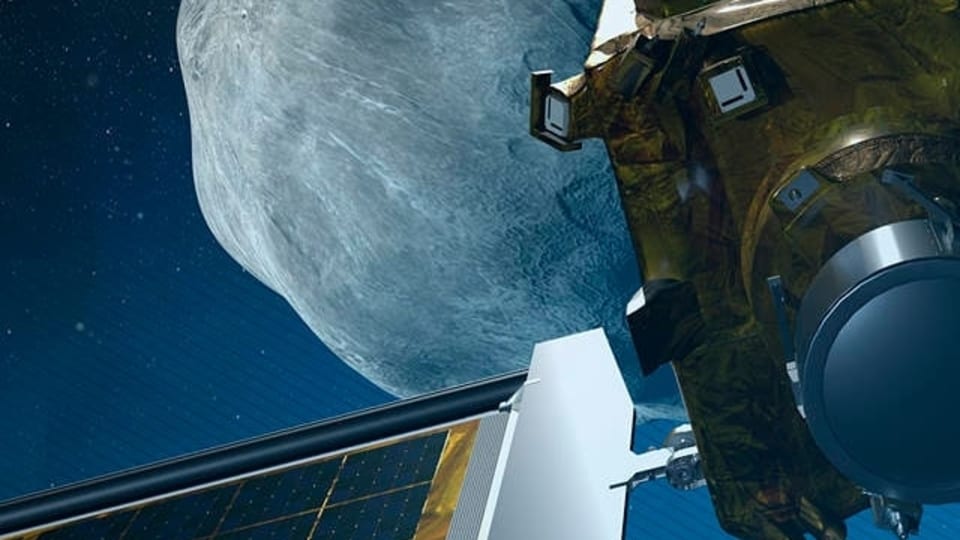
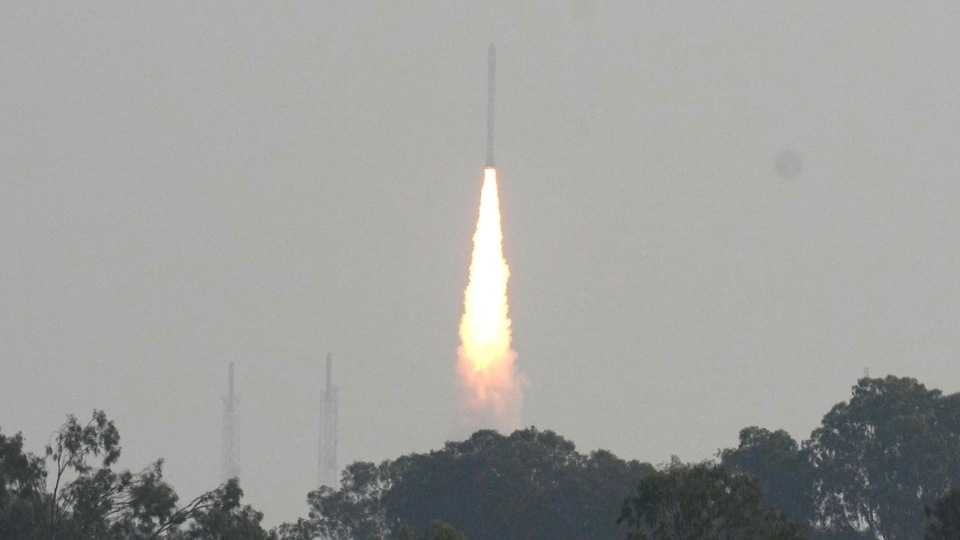
 View all Images
View all ImagesIndia's space program took another giant leap today with the launch of the Small Satellite Launch Vehicle - SSLV-D2 from the Satish Dhawan Space Centre at Sriharikota. Indian Space Research Organisation (ISRO) developed the SSLV-D2 to carry small payloads and it was only the second developmental flight of the launch vehicle as it put three satellites into orbit successfully.
The satellites included ISRO's earth observation satellite EOS-07 and two co-passenger satellites Janus-1 and AzaadiSAT-2 which were put in a 450 km circular orbit around the Earth.
According to ISRO, the second developmental flight of SSLV-D2 was scheduled at 9:18 AM IST from the first launch pad at SDSC SHAR in Sriharikota. SSLV-D2 is intended to inject the EOS-07, Janus-1 and AzaadiSAT-2 satellites into their circular orbits in a short flight time of 15 minutes.
After the successful launch, Mission Director, ISRO Vinoth said "Janus 1 satellite separated. SSLV D2 mission accomplished."
ISRO's SSLV-D2 is a new launch vehicle which was developed to capture the emerging small and microsatellite commercial market. After the successful launch, ISRO tweeted, “SSLV-D2/EOS-07 Mission was accomplished successfully. SSLV-D2 placed EOS-07, Janus-1, and AzaadiSAT-2 into their intended orbits.”
About the Satellites
EOS-07 satellite has been designed and developed by ISRO. New experiments include mm-Wave Humidity Sounder and Spectrum Monitoring Payload. Janus-1, a 10.2 kg satellite, belongs to US-based firm Antaris . It is configured with three solid propulsion stages and a velocity terminal module. It is a 34 m tall, 2 m diameter vehicle having a lift-off mass of 120 tons.
Meanwhile the 8.7 kg satellite AzaadiSAT-2 is the fruit of ISRO's attempts to encourage female students across India to pursue a career in engineering, science, technology and mathematics. The satellite as well as the ground system for the communication and telemetry of this launch has been developed by a student team at Space Kidz India.
According to ISRO, SSLV offers low turn-around time and flexibility in accommodating multiple satellites and it requires minimal launch infrastructure, making it ideal for low-cost access to space. It possesses the ability to carry out launches of up to 500 kg satellites to Low Earth Orbits.
Catch all the Latest Tech News, Mobile News, Laptop News, Gaming news, Wearables News , How To News, also keep up with us on Whatsapp channel,Twitter, Facebook, Google News, and Instagram. For our latest videos, subscribe to our YouTube channel.

























